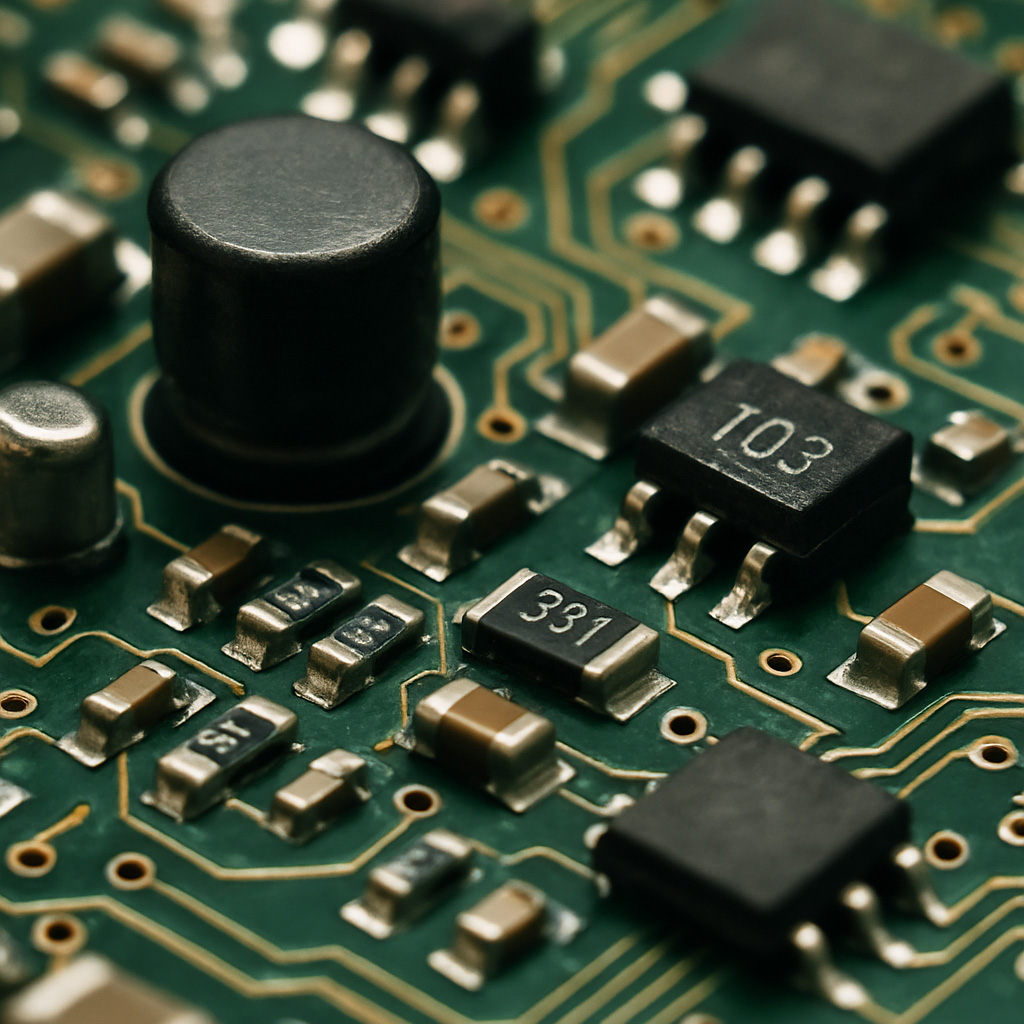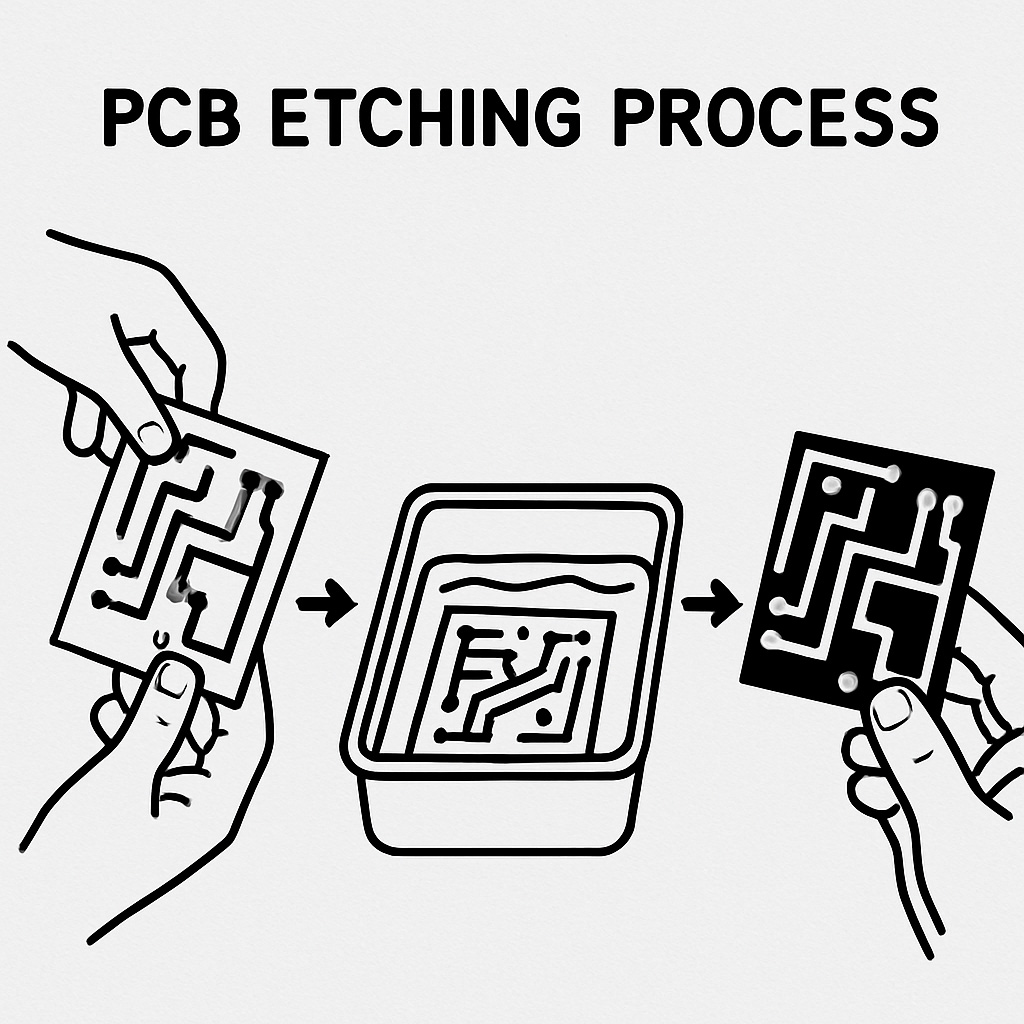-
- PCB TYPE
- PRINTED CIRCUIT BOARD PROTOTYPE ALUMINUM PRINTED CIRCUIT BOARD R&F PCB FPC HIGH FREQUENCY PCB HIGH-TG PCB HEAVY COPPER PCB HDI PCB PCB FOR LIGHTING METAL CORE PCB
time:Oct 20. 2025, 15:59:17
In today's fast-paced technological world, the demand for smaller, more efficient electronic devices is ever-growing. One technology that has risen to meet this demand is Flexible Printed Circuit Boards (Flex PCBs). These versatile components are revolutionizing the electronics industry by providing unique solutions to design and functionality challenges. In this article, we'll dive into the advantages of Flex PCB assembly techniques and how they are transforming the way we think about electronic devices.
Flex PCB assembly refers to the process of assembling electronic components onto a flexible substrate. Unlike traditional rigid PCBs, Flex PCBs can bend and twist, allowing for greater flexibility in design and application. This flexibility is achieved by using a thin, flexible material such as polyimide or polyester as the base substrate.
Flexible Substrate: The foundation of Flex PCBs, offering the ability to bend and conform to various shapes.
Conductive Traces: Typically made from copper, these traces carry electrical signals throughout the board.
Protective Layer: A thin layer that shields the conductive traces from damage and environmental factors.

Flex PCB assembly offers numerous benefits that make it an attractive choice for modern electronic devices. Let's explore some of the key advantages:
One of the most significant advantages of Flex PCBs is their ability to save space and reduce weight. The flexible nature of these boards allows them to be folded or bent, enabling more compact designs. This is particularly beneficial in industries like aerospace and medical devices, where space and weight constraints are critical.
Flex PCBs are known for their durability and resistance to wear and tear. The materials used in their construction are designed to withstand harsh conditions, such as extreme temperatures and vibrations. This makes them ideal for applications in automotive and industrial sectors, where reliability is paramount.
The design flexibility of Flex PCBs often leads to improved electrical performance. By reducing the number of connectors and interconnects needed, these boards can minimize signal loss and enhance overall system performance. This is particularly advantageous in high-speed and high-frequency applications.
While the initial design and setup of Flex PCBs may be more complex, the long-term cost benefits are substantial. The reduction in material usage and the potential for automated assembly processes can lead to significant cost savings. Additionally, the increased reliability and performance can reduce maintenance and repair costs over time.

Flex PCB assembly techniques are being employed across a wide range of industries, thanks to their versatility and numerous advantages. Let's take a look at some common applications:
From smartphones to wearable devices, Flex PCBs are a staple in consumer electronics. Their ability to fit into compact spaces without sacrificing functionality makes them ideal for the ever-shrinking devices we use daily.
In the automotive sector, Flex PCBs are used in various applications, from engine controls to infotainment systems. Their durability and ability to withstand extreme conditions make them a reliable choice for automotive electronics.
The medical industry benefits greatly from Flex PCB technology. Devices like pacemakers, hearing aids, and imaging equipment rely on Flex PCBs for their lightweight and compact designs, enabling better patient outcomes and more efficient healthcare solutions.
In aerospace and defense applications, Flex PCBs are used in navigation systems, communication devices, and control systems. Their lightweight nature and ability to perform under extreme conditions make them indispensable in these fields.
While Flex PCBs offer many advantages, there are some considerations to keep in mind during the assembly process:
The design of Flex PCBs can be more complex compared to traditional rigid PCBs. Engineers must carefully consider factors such as bend radius, trace layout, and component placement to ensure optimal performance and reliability.
Choosing the right materials is crucial for the success of a Flex PCB assembly project. The substrate and adhesive materials must be compatible with the intended application and environmental conditions.
Working with a reputable PCB assembly services provider is essential to ensure the quality and reliability of Flex PCBs. Experienced manufacturers have the expertise and equipment needed to handle the unique challenges of Flex PCB assembly.
Flex PCB assembly techniques are paving the way for the next generation of electronic devices. With their numerous advantages, including space and weight efficiency, enhanced durability, and improved performance, Flex PCBs are becoming a cornerstone of modern electronics. As technology continues to evolve, we can expect Flex PCBs to play an even more significant role in shaping the future of various industries.
By understanding the benefits and applications of Flex PCBs, businesses can make informed decisions about incorporating this technology into their products. Whether you're a consumer electronics manufacturer, an automotive engineer, or a medical device designer, Flex PCBs offer a world of possibilities to enhance your products and stay ahead of the competition.

Got project ready to assembly? Contact us: info@apollopcb.com



We're not around but we still want to hear from you! Leave us a note:

Leave Message to APOLLOPCB
